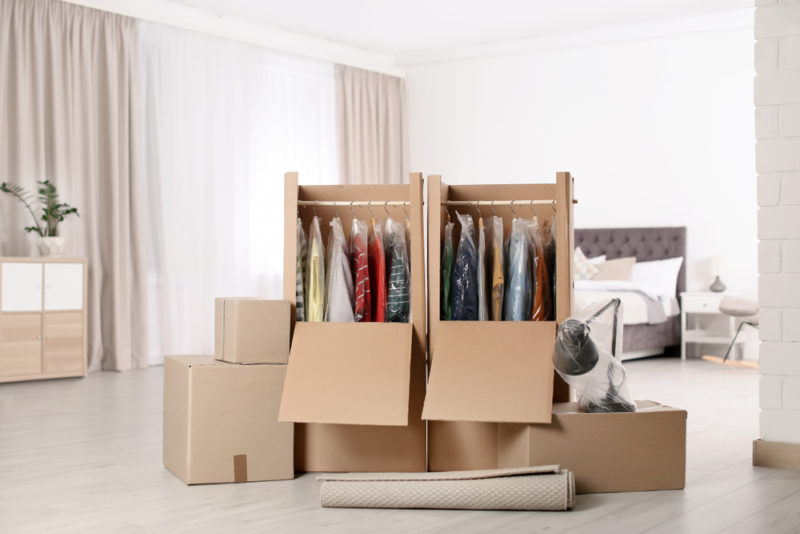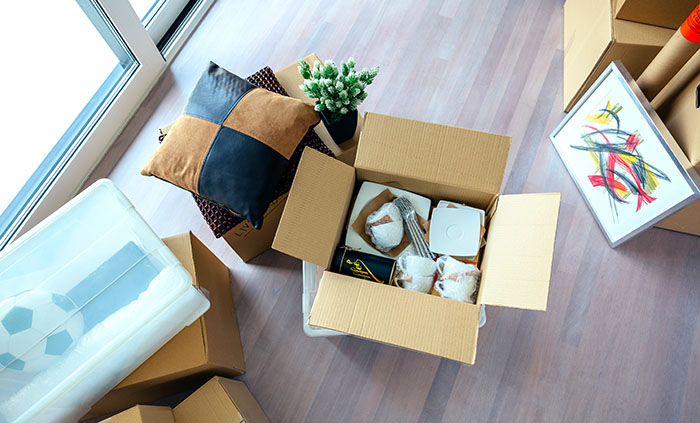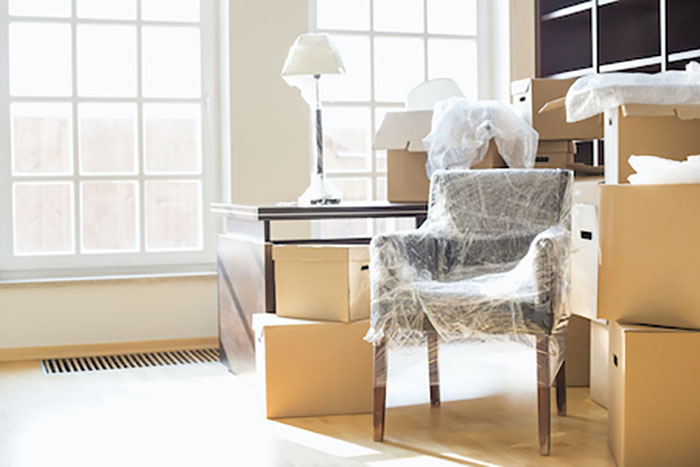Congratulations – you’re on the move! Now it’s time to bundle up your worldly goods and transport them to your next happy home. If you want to ensure safe transit for your possessions and have them arrive looking like they had never moved in the first place, pay attention to how you pack, so everything arrives in good condition. To eliminate the worry and have your packing pulled off without a hitch, it would be best to hire professional movers to pack your items. You’ll save time and your items will be packed well.
What packing supplies do you need?
Moving boxes – yes – but a few additional supplies will help you protect your items and stay organized throughout your move. Here’s a list of supplies to have on hand as moving day approaches.
- Bubble wrap
- Packing peanuts
- Sheets of cushion foam
- Packing tape
- Packing paper
- Permanent markers
What types of boxes should you use for moving?
Pro moving tip: Use the correct sized box. Make sure you choose one that’s big enough for the item you’re packing as well as the right amount of protective material. We’ve put together a comprehensive list of box types for various household items and how many you’re likely to need. Find the list here.
Your neighbor may offer you every box saved from their online orders. Those boxes may be ok for certain items, but for your peace of mind during your move, you can order our high-quality boxes when you schedule your move. We’ll deliver them with plenty of lead time for you to pack.
What do you put in your box first?
Here are ten steps to follow to pack your possessions safely.
- Assemble each box, and use packing tape to tape the bottom seam securely.
- Add 2-3 inches of packing peanuts to the bottom of the box.
- Wrap the heaviest item with paper or bubble wrap. Place it at the bottom of the box.
- Wrap lighter items with paper or bubble wrap and use cushion foam to separate them from other items in the box.
- Always pack heavier items on the bottom and lighter items on top.
- Before closing your box, take a picture (for inventory), and cushion the entire package. Top up the box with packing paper or peanuts until you fill the space to prevent shifting during travel.
- Be sure to keep the weight of your filled boxes to no more than 30 pounds.8. Be careful not to under-pack a box. Even with packing material, it could collapse in transit.
- On the other hand, an over-packed box – one that lacks enough packing material around items and between the bottom, sides, and top of the box – can result in damage to your belongings.
- Flip the box flaps closed and seal them with packing tape.
- Label the box with its destination room and contents.
How heavy should the boxes be?
Moving professionals recommend that you keep box weights to around 30 pounds. Place heavier items in smaller boxes to prevent overpacking. Use medium and large boxes for lighter items like linens, pillows, shoes, and toys.
Is there a specific way to group or organize items to pack?
If you want packed items to go back into the same room, organize them by room and keep similar items together. If you plan to rearrange locations, again, keep “like with like’ to ensure your sanity when you are unpacking and setting up your new home.
When you’re ready to plan your move, FlatRate Movers can help – whether it’s to figure out how many boxes you need or to come in and pack for you.


